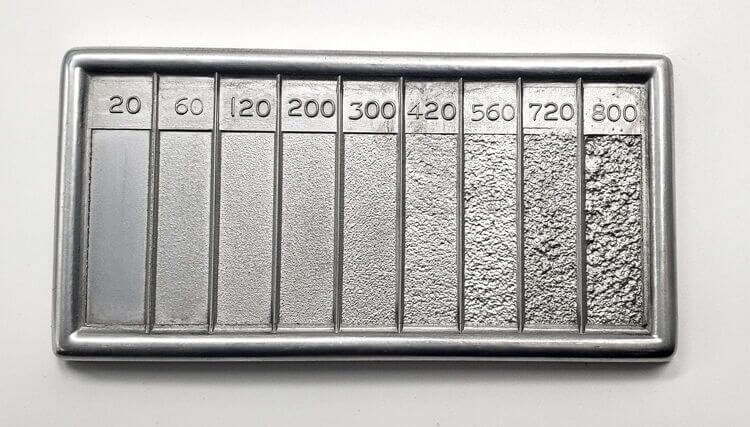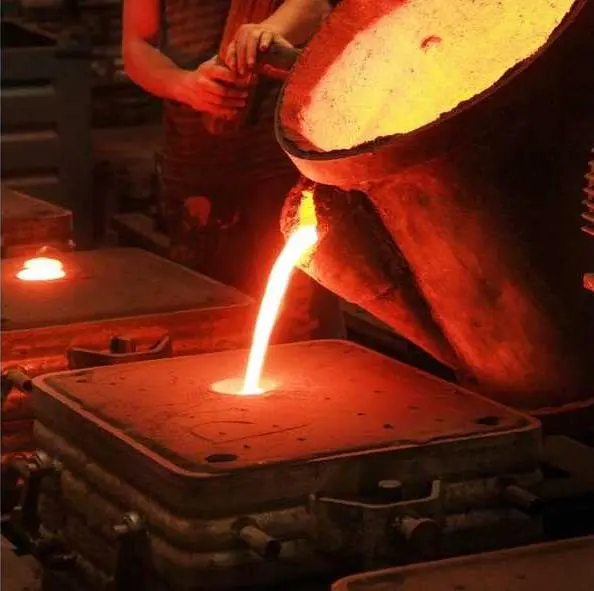C86500-Manganese Bronze
C86500 Is a kind of copper alloy material, mainly used in chemical machinery and equipment, with high electrical conductivity, thermal conductivity, corrosion resistance and mechanical strength characteristics. C86500 Copper by adding the right amount of tin, zinc and other elements, significantly improve the corrosion resistance and mechanical strength of the material, so that it can […]
C86500-Manganese Bronze Read More »





